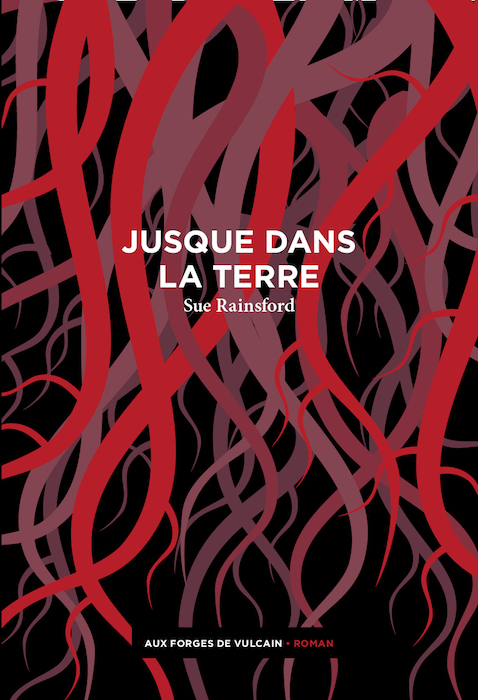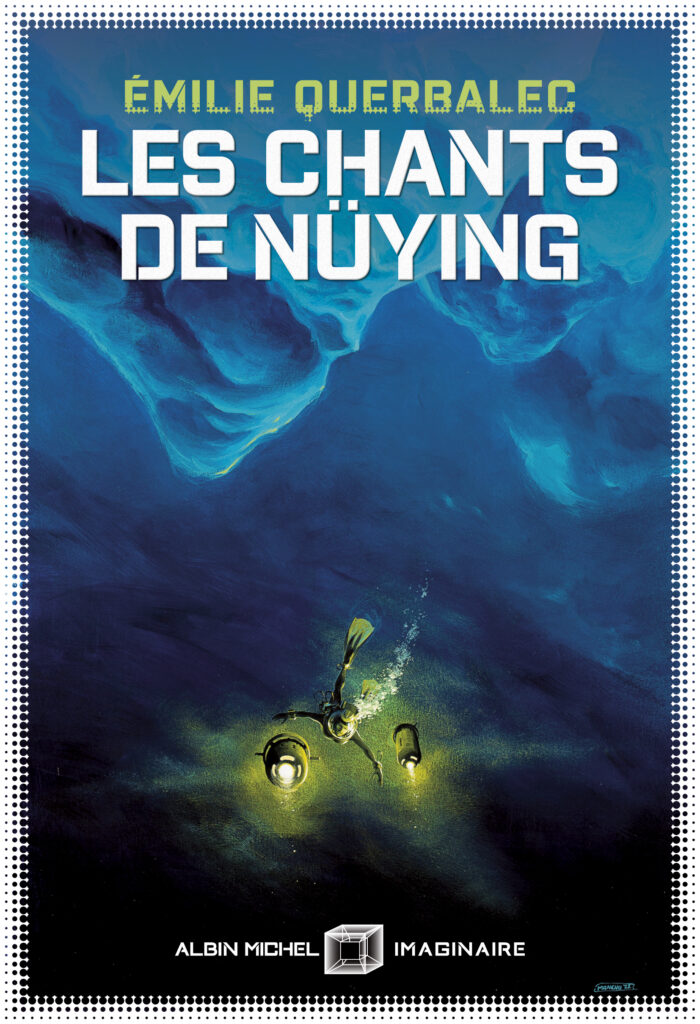It is an eclectic selection of works that we offer in this guide to the literary season. Each of these structures has an ecological dimension in its own way.
Every literary return is marked by the concerns of its time. This is how Virginie Despentes’ work stirs up our fears and hopes on social networks; that Laurent Gaudé builds an agonizing dystopian city; or that Anthony Doerr questions utopia.
But, what about the environmental theme – or rather the metamorphosis in our relationship to the living? It is not only present in back-to-school SF books. Whether historical novel, fantasy novel, science fiction novel or survival novel, we present to you 4 works from the 2022 literary season which show how literature can singularly nourish our ecological imaginations.
The Last of His Own (Sibylle Grimbert)
Sibylle Grimbert’s novel is the little ecological marvel of this literary season. She is powerful behind her gentleness. We are in the 19th century, when a young zoologist saves a great auk from a massacre. He then undertakes a journey to repatriate it, and thus protect it, without immediately realizing that it is the last individual of its species.
Sibylle Grimbert doesn’t just describe a form of friendship between a human and an animal. She manages to do it without caricaturing. The Last of His Own is not a fable that would transform this penguin into a humanized animal. On the contrary. It is by preserving the border between the two species that she describes this relationship, thus playing on other, deeper sources of empathy. It works: we attach as much to the human, Auguste, as to the animal, Prosp.
Sibylle Grimbert magnificently invites us to rethink the cohabitation between humanity and nature. Being in the world is not just for humans. The Last of His Own is a poetic and gentle reminder.
Down to the Earth (Sue Rainford)

Between fantasy, horror and poetry, Down to the ground is atypical in many respects. Irish author Sue Rainford’s novel is less like a classic story than a literary experience. You will find healers there – Ada and her father – whose role is to open the entrails to heal. But when the evil is too entrenched, the patient is put underground so that it can do its beneficent work. But beware of the metamorphosis — sometimes monstrous — that can take place.
In her depiction of the connection between the characters and the land, Sue Rainford’s writing recalls that of Mary Shelley—in Legacy of the Last Man for environments and Frankenstein for the body. It is a strangely gothic depiction of the world and nature, resulting in an organically earthy work.
A translation by Francis Guévremont. 224 pages.
The songs of Nüying (Émilie Querbalec)

Five centuries from now, imagine that we discover a distant exoplanet finally bearing signs of biological life: Nüying. These signs are none other than songs, very similar to those of whales on Earth. Brume is a bioacoustician and it is because of this specialty that we need her. She then embarks on a space freighter for an interstellar journey.
On paper, it’s a space opera — a science fiction novel about space exploration into a new world. And, yes, the author takes us on a great adventure, supported by solid scientific research. But that’s not all: a wonderful ecological story is hidden behind the epic narrated by Émilie Querbalec.
Songs of Nüying is in fact a novel about living things — from co-evolution to inter-species communication, passing through the questioning of the very notion of intelligence or the concern to preserve ecosystems also beyond the Earth. The whole structure of Émilie Querbalec’s novel rests on a palpable love of nature. And that feels good in a novel that nevertheless evokes a great space voyage. The author subtly confronts transhumanist concerns, the technological gigantism of an interstellar quest, with ecological issues. To avoid spoiling anything, Émilie Querbalec’s fluid pen carries a captivating novel that can be enjoyed like a page turner.
480 pages.
And the forest will burn under our feet (Jens Lijestrand)

Swedish writer Jens Lijestrand’s work is both a novel about the consumer society and a novel about global warming, about a society that goes up in smoke for lack of reaction. And Jens Lijestrand precisely tests the reactions of his characters. The starting point: in the middle of summer, forest fires break out successively and Didrik finds himself trapped there with his family. But Didrik’s job is also to intervene in the media.
And the forest will burn under our feet places individual responsibility at the heart of its story, as if to seek to connect the unthinkable: the destiny of a planet and that of each person individually. In a ship, does every choice count?
A translation by Anna Postel. 528 pages.
Some links in this article are affiliate. We’ll explaine everything here.
